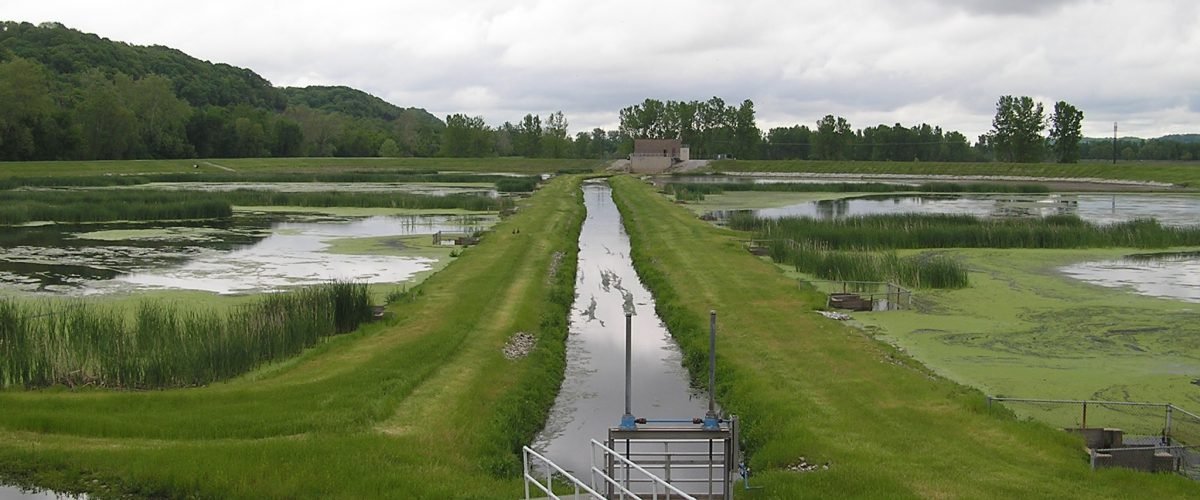PFAS in Drinking Water
PFAS in Drinking Water: An In-Depth Analysis for Regulatory Compliance and Public Health
Introduction
The presence of per- and polyfluoroalkyl substances (PFAS) in drinking water has emerged as one of the most critical public health concerns of our time. With a growing body of evidence linking these synthetic chemicals to serious health risks, municipal directors, engineers, and plant operators find themselves at a crucial crossroads: how to effectively navigate an increasingly stringent regulatory environment while ensuring the safety of drinking water supplies. As of July 2025, comprehensive strategies, innovative technologies, and robust regulatory frameworks are paramount for effective mitigation of PFAS contamination.
Understanding PFAS: Definition and Origins
What Are PFAS?
Per- and polyfluoroalkyl substances (PFAS) are a class of thousands of man-made chemicals that have been widely used since the 1950s for their water- and grease-resistant properties. PFAS are commonly found in products such as non-stick cookware, stain-resistant fabrics, and firefighting foams.
Sources of PFAS Contamination
Numerous industrial processes and consumer products contribute to PFAS pollution. A few primary sources include:
- Residential Wastewater: PFAS can enter the water supply through household products.
- Industrial Effluents: Industries producing or using PFAS often discharge contaminated wastewater.
- Firefighting Practices: A significant source of PFAS in groundwater stems from the use of firefighting foam during training exercises and emergencies.
Regulatory Framework as of 2025
The U.S. Environmental Protection Agency (EPA) has introduced a series of regulations aimed at limiting the acceptable levels of PFAS in drinking water. As of early 2025, the proposed maximum contaminant levels (MCLs) for PFOA and PFOS are set at 4 parts per trillion (ppt). Compliance with these standards is paramount for municipal water systems to protect public health.
The Health Risks of PFAS Exposure
Exposure to PFAS has been linked to various health issues, including:
- Endocrine Disruption: PFAS interfere with hormone function, potentially leading to reproductive and developmental issues.
- Cancer Risk: Studies suggest that PFOA and PFOS exposure increases the risk of kidney and testicular cancer.
- Cholesterol Levels: There is a documented association between PFAS levels in the blood and elevated cholesterol.
Recent Health Studies
Recent epidemiological studies affirm these concerns, indicating that long-term exposure to PFAS can lead to chronic diseases. For example, an analysis published in late 2024 found that PFAS are linked to a 30% increased risk of certain autoimmune diseases among populations with high exposure levels.
Identifying PFAS in Drinking Water: Tests and Detection Methods
Common Detection Techniques
Testing for PFAS often involves advanced techniques such as:
- Liquid Chromatography-Tandem Mass Spectrometry (LC-MS/MS): The gold standard for identifying and quantifying PFAS levels.
- Total Oxidizable Precursor (TOP Assay): Used to identify precursor compounds that may convert to PFAS under certain conditions.
Routine Monitoring Protocols
Municipal water systems are now required to implement routine monitoring every three years to adequately assess PFAS levels in compliance with EPA guidelines. Data from the EPA’s 2024 national sampling project indicated that nearly 30% of tested public water systems showed measurable levels of PFAS.
Treatment Solutions for PFAS in Drinking Water
Conventional Treatment Methods
Despite their pervasive presence, several traditional water treatment methods offer some efficacy against PFAS:
- Granular Activated Carbon (GAC): Successfully reduces some types of PFAS, though effectiveness can vary.
- Reverse Osmosis (RO): Highly effective for removing PFAS, but it can be costly and generates significant wastewater.
Emerging Technologies
The landscape for PFAS treatment is evolving, with innovative technologies emerging that promise more effective remediation:
- Anionic Exchange Resins: Target specific PFAS types and have shown improved effectiveness over GAC.
- Advanced Oxidation Processes (AOPs): Utilize hydroxyl radicals to break down PFAS into less harmful compounds.
Case Studies on Successful Implementation
Several case studies illustrate successful implementation of PFAS treatment solutions:
-
Pittsburgh, PA: Following a community health campaign, the municipal plant installed advanced oxidation treatment, reducing PFAS levels below the action threshold within six months.
-
San Francisco, CA: The city has partnered with a private firm to pilot a new magnetic resin technology that has demonstrated efficiency in selectively removing PFAS from water in real-time.
Regulatory Compliance and Public Communication
Ensuring Compliance
Achieving regulatory compliance is a multi-faceted endeavor. Municipalities must:
- Develop Strategic Plans: Outline specific steps toward PFAS monitoring and treatment.
- Invest in Training for Employees: Equip staff with current knowledge and skills to handle PFAS hazards effectively.
Effective Communication with the Public
Transparency is vital. Municipalities should proactively communicate:
- Test Results: Share regular updates regarding PFAS levels and treatment strategies.
- Health Resources: Provide information about potential health impacts and available resources for affected residents.
Conclusion
PFAS in drinking water represent a complex challenge involving public health, regulatory compliance, and technological innovation. As we move deeper into 2025, comprehensive solutions must encompass advanced treatment technologies, responsive regulatory frameworks, and effective public communication strategies. By fostering a proactive stance towards PFAS contamination, water utilities can safeguard public health and maintain the integrity of community water supplies. The fight against PFAS is not only a technical challenge; it is a public health imperative that requires the collective effort of engineers, regulators, and the community at large.
This article has aimed to provide a thorough understanding of the complexities surrounding PFAS in drinking water, tailored to the needs of municipal directors and water treatment professionals grappling with regulatory compliance and technological challenges as of July 2025.


